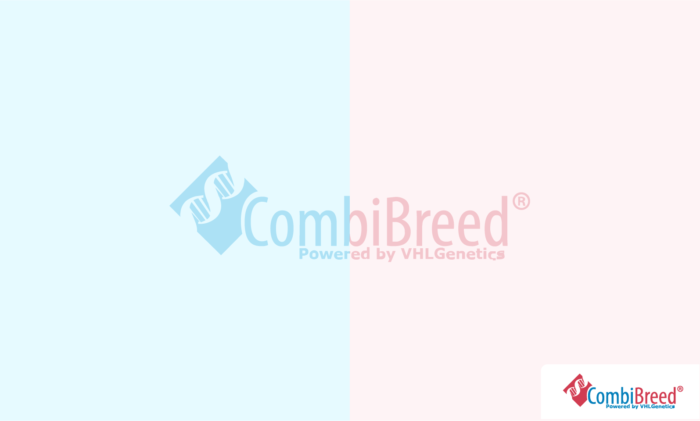
€57,48 €47,50 excl. VAT
Occipitoatlantoaxial Malformation (OAAM), also known as Atlanto-Occipital Fusion, is a skeletal defect which causes the first cervical vertebra (atlas) to resemble the base of the skull (occiput), and the second cervical vertebra (axis) to resemble the atlas.
10 working days
From €5,95 shipping and administration per order (incl. VAT)
Specifications
| Breeds | |
|---|---|
| Gene | |
| Chromosome | 18 |
| Organ | |
| Specimen | Hair, Blood EDTA, Blood Heparin, Semen, Tissue |
| Mode of Inheritance | Autosomal Recessive |
| Also known as | OAAM |
General information
Occipitoatlantoaxial Malformation (OAAM), also known as Atlanto-Occipital Fusion, is a skeletal defect which causes the first cervical vertebra (atlas) to resemble the base of the skull (occiput), and the second cervical vertebra (axis) to resemble the atlas. The disorder is found in the Arabian horse, and is caused by a recessive mutation to the gene HOXD3.
Clinical features
Clinical features include abnormal head position, progressive ataxia, extended neck posture and visible unevenness along the cervical spine. OAAM affects the mobility of the neck, which is characterised as loss of extension and flexibility. Affected foals may be stillborn, and surviving horses are likely to develop defects such as ataxia and tetraparesis.
Additional information
References
Pubmed ID: 28111759
Year published: 2017
Omia ID: 81
Omia variant ID: